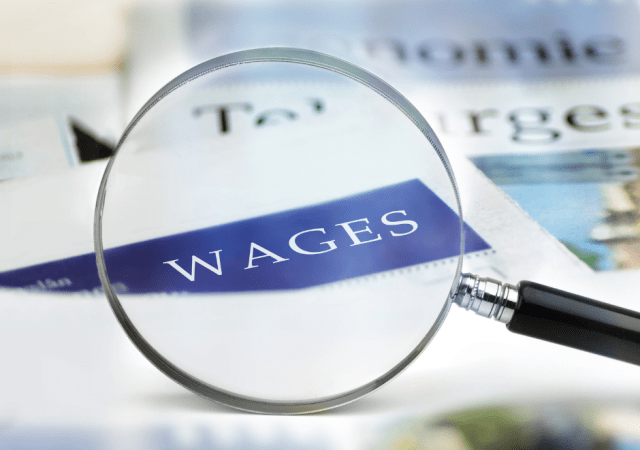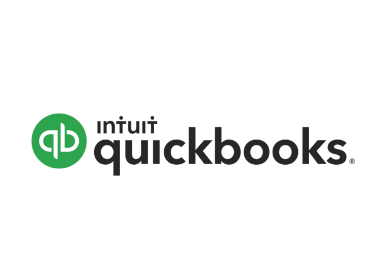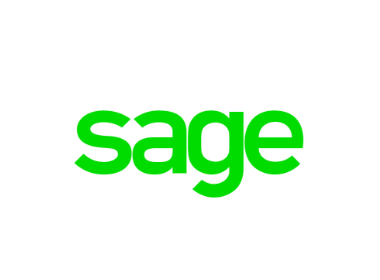The Top 5 Tips On Overdrawn Director’s Loan Accounts
Posted on 12th August 2022 by Dominique Childs
Before we start, what is a director’s loan and most importantly why should you care?
If you are a director and a shareholder of a limited company it can be tempting to think of the company’s money as your money, but your company is a separate legal entity to you, which means that money in the company bank account belongs to the company.
The two most common ways for a director/shareholder to legally take money from a company are as an official PAYE wage (as a director) or as a dividend from profits (as a shareholder). If the money you take from the company is not an official PAYE wage (perhaps because an official payroll was not processed) and is not a dividend (perhaps because the company has not made enough profit to allow dividends to be declared) then the money you take is a loan from the company to you.
If you’re a director/shareholder then taking out a director’s loan (or shareholder’s loan) against the cash in your limited company might seem like a sensible thing to do. But the reality is that overdrawn loans to directors can lead to unintended tax consequences if they’re not properly managed.
There are three main impacts:
- The loan may result in a taxable benefit-in-kind, if it’s interest-free and greater than £10k – affecting your personal tax position.
- The company may suffer a Section 455 chargeif the loan isn’t cleared within 9 months and a day of the year-end. Basically an additional corporation tax charge of 33.25% of the loan. S455 is unusual because it can be reclaimed from HMRC, but only when the loan is repaid, and the repayment process is not quick!
- There’s a potential Income Tax, National Insurance and Employer’s National Insurance liability if the loan is written off.
So, all in all a potential minefield!
In order to help navigate this tricky area, we thought we’d put together 5 top tips for you, which we hope you will find useful:
1) Keep the loan below £10,000
If the loan is below £10,000, this means there is no taxable benefit-in-kind due.
Worth noting if the loan is £1 above £10,000, this creates a taxable benefit-in-kind due on the entire loan, based on the interest which would be due if the loan were taken on a commercial basis.
2) If there are concerns about the solvency of your company tread carefully
If a company is being closed because it has become insolvent (ie it has no funds and has gone bust) then the director will need to repay any amount owed to the company. An official insolvency practitioner will be appointed and has the power to chase down this debt for the benefit of the company’s creditors.
This can be a harrowing experience for a director, because at a time when their company has failed and their income has stopped, they are being asked to repay large amounts of money back to their company.
Unfortunately we are seeing more of this, because the tough economic conditions of the last few years are seeing companies run into trouble, coupled to the fact that companies have had cash injections from Bounce Back Loans and HMRC repayment plans, allowing directors to withdraw money from their company that is not legally theirs.
3) Repay the loan within 9 months of the company year end
Regardless of the size of the loan, if it does not get repaid back to the company within 9 months of the company year end, the company will be charged S455 tax (corporation tax) at 33.25% of the loan.
This will be due 9 months and 1 day after the company year end.
If the loan is a one-off (eg you have not taken a director’s loan out in the prior year), paying the money back into the company bank prior to 9 months after the year end means no S455 tax is due.
This saves the company paying 33.25% of the loan to HMRC!
4) Create a repayment plan before taking the loan
In line with the moto of The Scouts ….. Be prepared!
Making a plan on how you will be repaying the director’s loan will make life much easier when you finally take the loan out.
Part of this plan will be when you can claim back the S455 corporation tax back from HMRC.
5) Get your financial records up to date!
Ensuring your numbers are accurate will make the possibility of an unplanned director’s loan much less likely.
Given the increasing demands on cash reserves, it is easier than ever to accidently create an overdrawn director’s loan position.
Daily bookkeeping and a quarterly review of the numbers is the standard review we recommend for our clients. Anything less frequent than this can create issues which are harder to resolve.
Next steps
If you’re stuck or worried, get it touch.
We have a large amount of experience in our team with dealing with overdrawn director’s loan positons and have helped clients to plan out the repayment of substantial loans.









